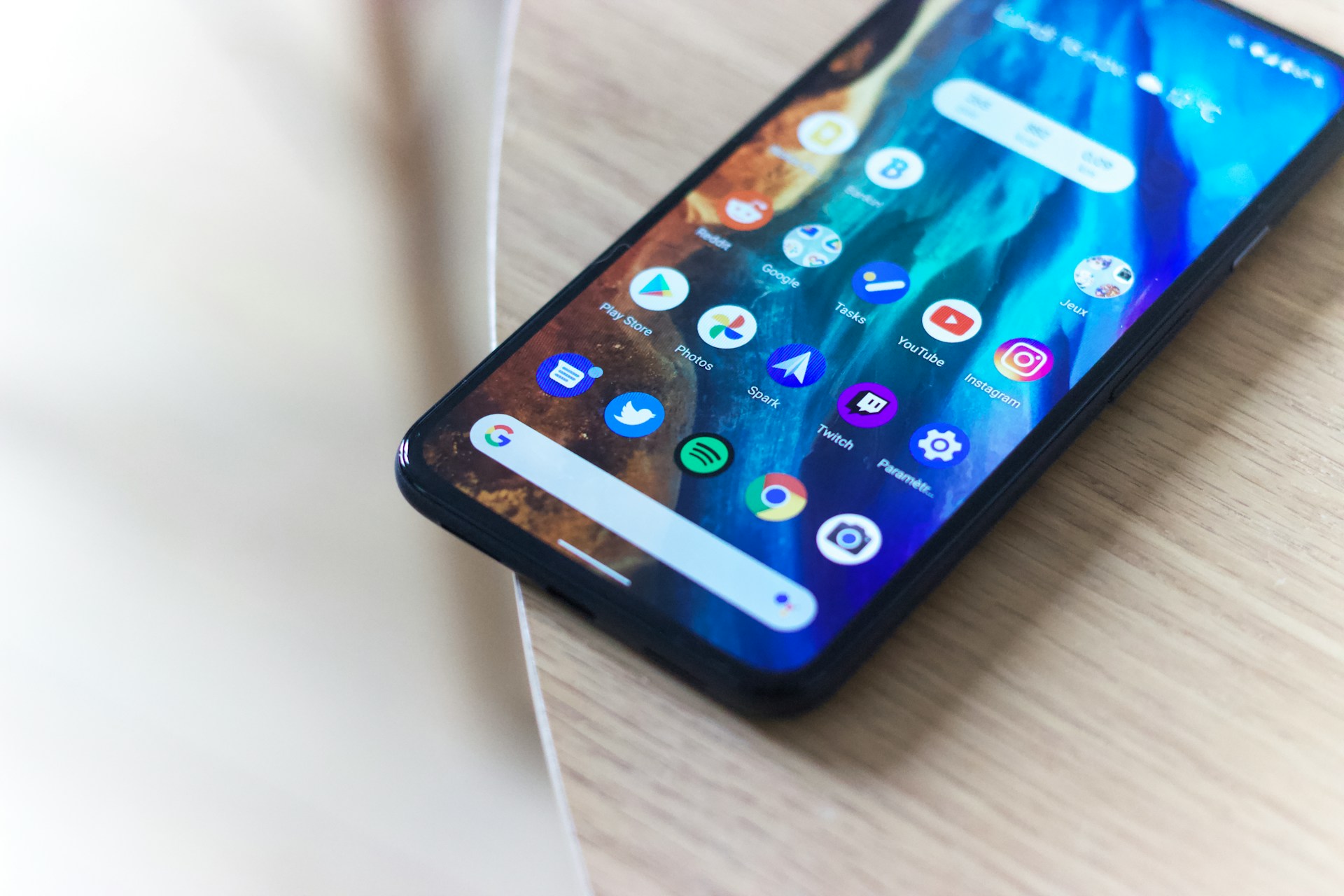When speaking with someone who has a hearing impairment, it’s important to communicate clearly and effectively. This is just as vital for individuals with hearing difficulties who need to follow conversations accurately. Phone calls, in particular, can pose challenges — but Real-Time Text (RTT) is a feature designed to make communication more accessible in such situations.
However, not everyone needs this function active all the time. If you’ve accidentally enabled RTT or simply no longer require it, here’s how to switch it off on both Android and iPhone devices.
Quick Steps to Turn Off RTT Calling
On Android:
-
Open the Phone app.
-
Tap the three-dot menu (⋮) in the top search bar.
-
Select Settings.
-
Navigate to Accessibility.
-
Look for TTY or RTT options.
-
Toggle the relevant switch to off.
On iPhone:
-
Open Settings.
-
Go to Accessibility.
-
Tap RTT/TTY (Textphone).
-
Turn off both Software RTT/TTY and Hardware RTT/TTY to fully disable the feature.
What Is RTT Calling?
RTT stands for Real-Time Text, a communication method that allows text to be sent and received instantly during a phone call. Unlike traditional text messaging, RTT provides a live, typed exchange that’s visible in real-time — much like subtitles — helping those with hearing impairments participate in conversations without delay.
In some regions, particularly in the United States, incoming RTT functionality may be automatically enabled by default. Outgoing RTT calls, on the other hand, typically require manual activation through your device’s accessibility settings.
Should You Turn Off RTT?
Disabling RTT means you won’t send or receive real-time text during calls, and the person on the other end won’t see the RTT prompt either. If you regularly speak with someone who relies on this feature, it’s best to keep it enabled for inclusivity and clarity. But if it was turned on by mistake or you no longer need it, switching it off can help simplify your call experience.
